Meet Aletheia :
A Revolutionary Athletics Sensor that Visualizes Your Force Portrait
Unique to each athlete, Force Portraits visualize how all the forces on your body work together to propel you forward. They allow you to see critical changes in your dynamic form. By comparing across runs, you see how effective your training is. By comparing within runs, you see the onset of fatigue.
Aletheia is the GUARDIAN OF YOUR RUN. Train smarter, and go farther, faster.
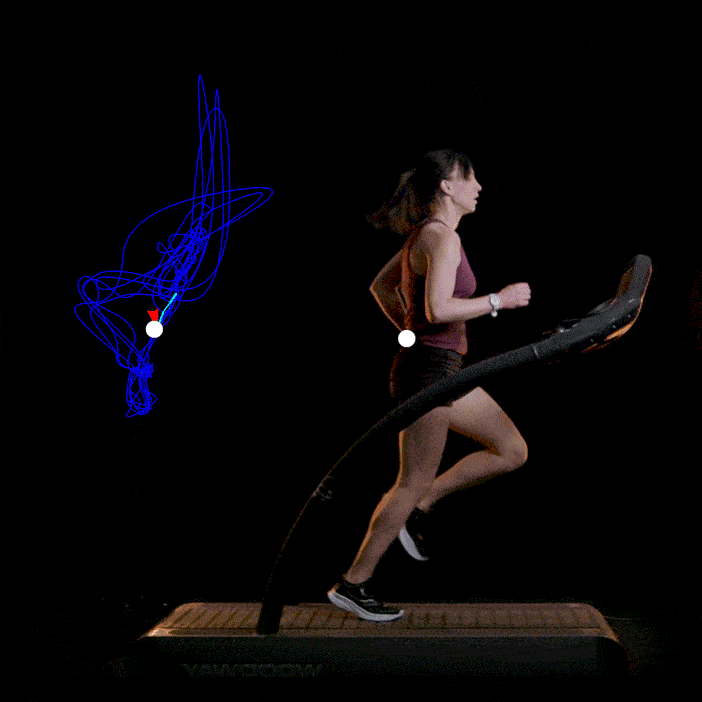
Meet Aletheia :
A Revolutionary Athletics Sensor that Visualizes Your Force Portrait
Unique to each athlete, Force Portraits visualize how all the forces on your body work together to propel you forward. They allow you to see critical changes in your dynamic form directly. By comparing across runs, you see how effective your training is. By comparing within runs, you see the onset of fatigue.
Aletheia is the GUARDIAN OF YOUR RUN. Train smarter, and go farther, faster.
Maximize your performance potential by minimizing your risk for injury.
Every day, runners overexert themselves. They compromise form for mileage, run with unresolved injuries, and put their running health at risk. The effects of risky training habits reveal themselves in a picture of your form.
Other analysis tools are unable to show you this holistic visual of your mechanics. They merely output standard performance metrics that do not account for proper running form, injuries, muscular weakness, and other variables intrinsic to understanding your running health.
Aletheia visualizes your unique running form
Aletheia takes periodic snapshots during your run, allowing you to track gradual changes in mechanics over the course of that run.
Each snapshot, or FORCE PORTRAIT, visualizes your form. By becoming familiar with your library of previous FPs, you quickly gain an intuitive feel for tell-tail changes in your FPs. Our research also identifies key metrics that quantify these changes.
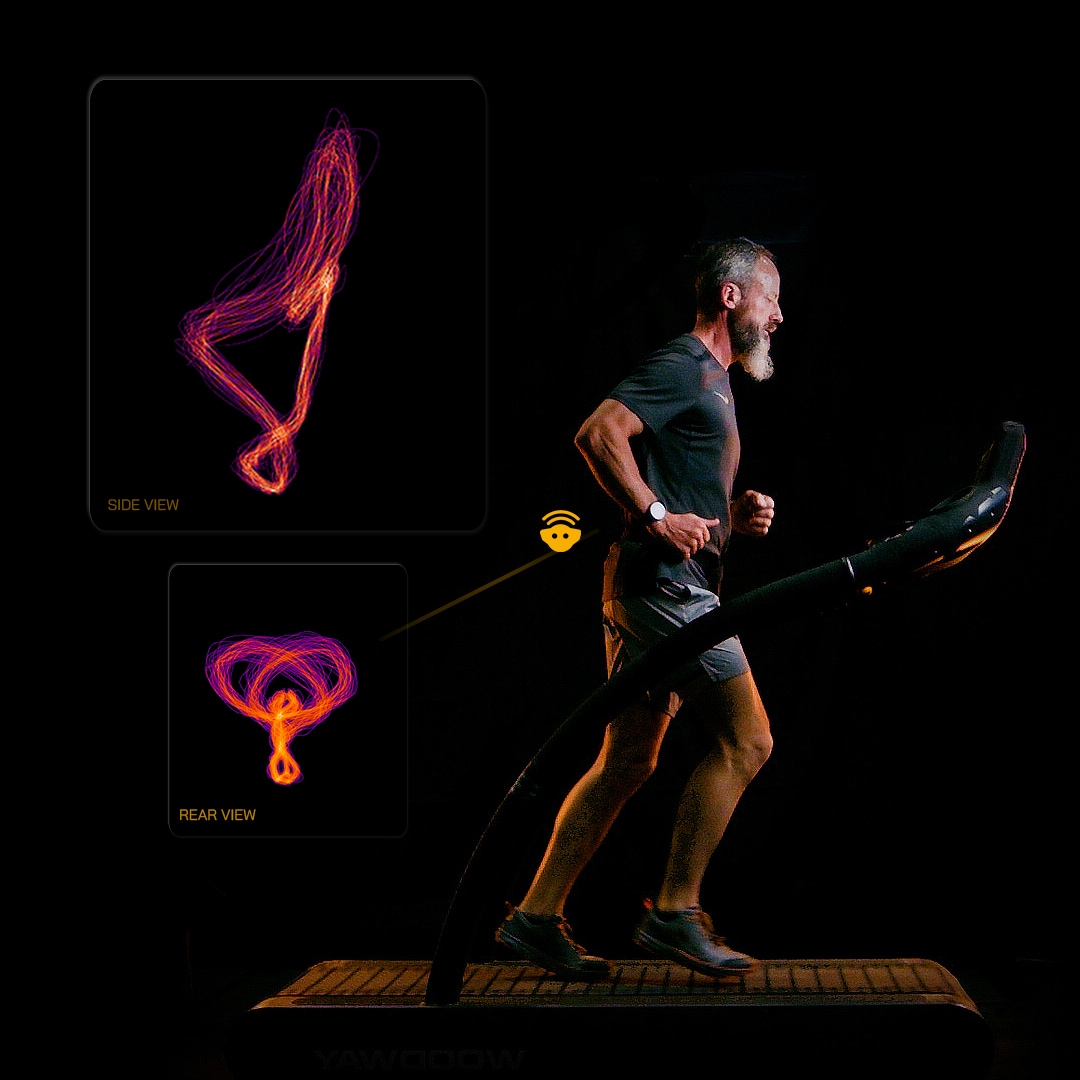
We recorded Amanda’s 1-hour run with Aletheia G1.
See how much her form changes between her first and last interval:


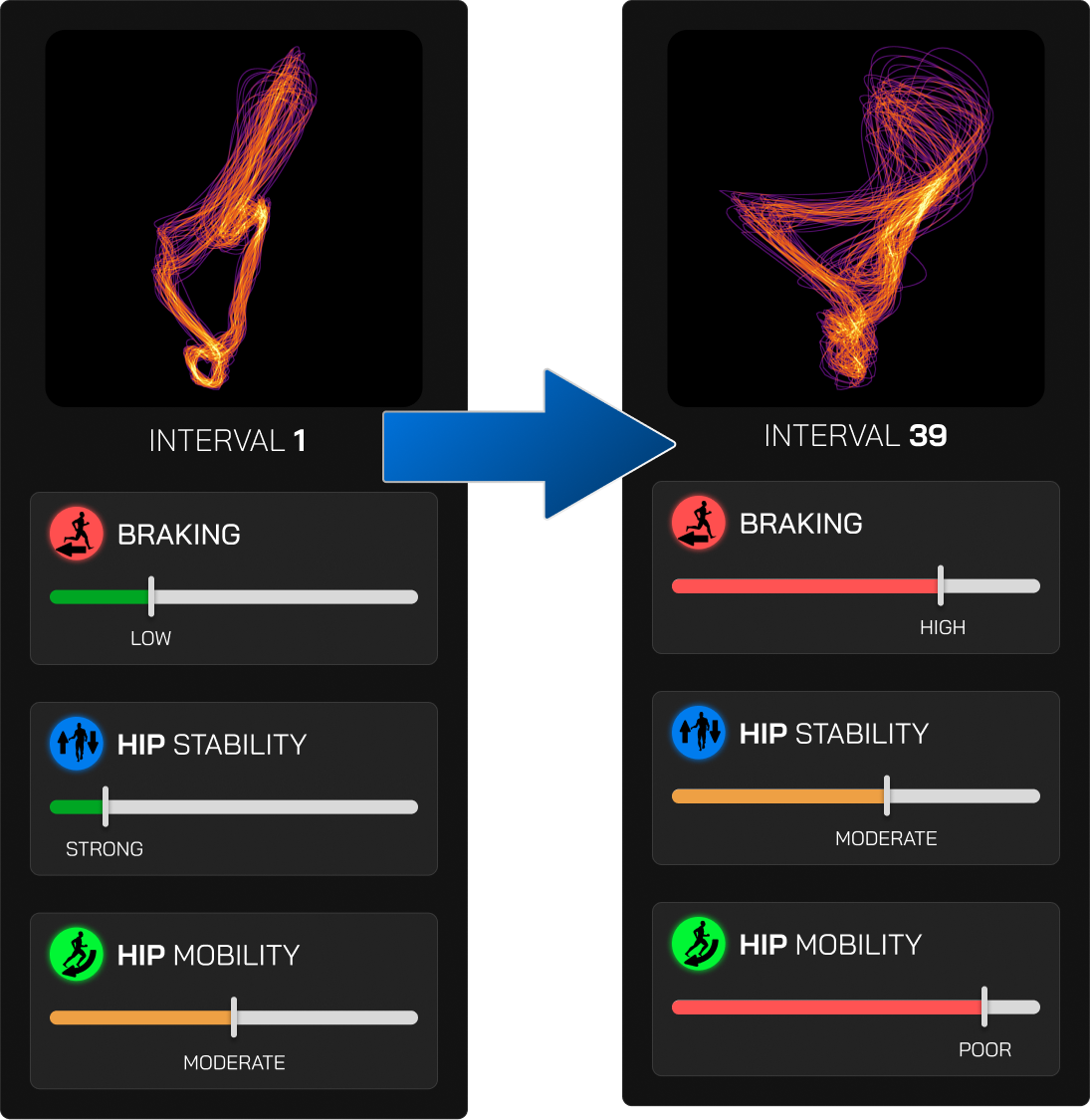
Track visual + metric changes in your form
While a traditional visual analysis could not easily quantify Amanda’s mechanical deterioration, our force portrait analysis makes spotting and quantifying changes easy.
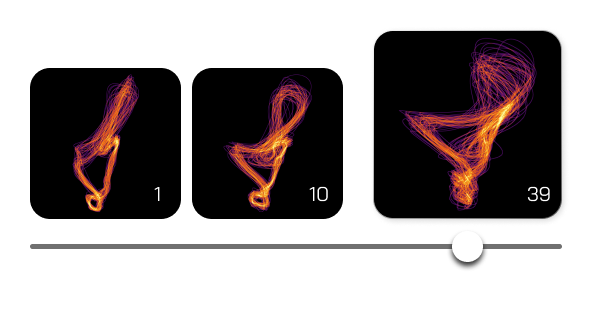
Guardian Of The Run
In the future, our goal is to prevent injuries before they occur, by identifying your performance limits and notifying you when you’re close.
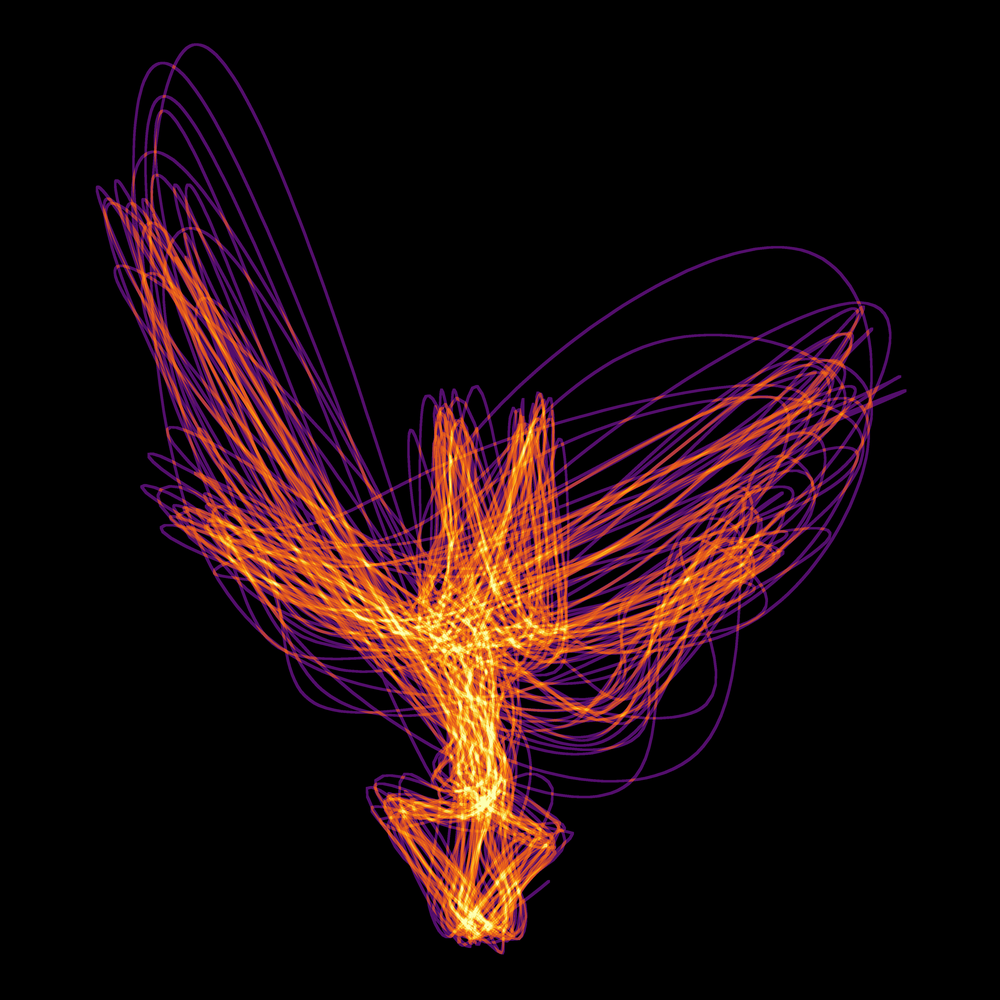
So What Is A
Force Portrait?
force portrait [fôrs pôrtrət]
noun
1. a picture of the forces you experience while you move.
2. an image of an individual's past training and injuries, present energy levels & body state, and future potential for injury or improvement depending on the choices of the individual.
Understand your Biomechanics
Use Force Portraits to understand your running form and the forces experienced by your body.
Visualize
Your Form
Single run or over multiple runs - see how your form adapts in each stage of your running regimen.
See
your metrics
In addition to traditional metrics, explore other metrics like forward, vertical, and sideways symmetries & magnitudes over intervals in your run.
Track Your
Pain Diary
Track any pain you feel during a run; you’ll be able to cross compare performance vs pain over time.
Compare your Best
& Worst Runs
Identify the factors that contribute to or harm your running form & performance.
Get Insight
from AI
Gain valuable insights with AI-driven feedback on your performance.